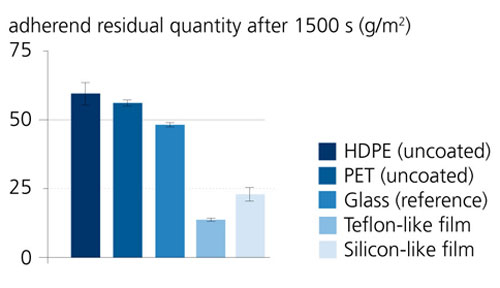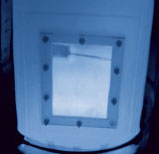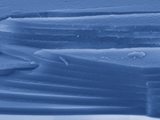The barrier effect and enhanced emptying behavior of plastic containers
In numerous technical fields resource and energy efficiency is playing an increasingly important role. Optimization of resource usage and energy needs has a great impact on production processes as, alongside cost-efficiency, environmental aspects need to be taken into account more and more. A prime example of this is the replacement of glass with plastics which is aimed at for two reasons. For one, plastic packaging is lighter and thus contributes to a reduction of fuel costs during transportation. Furthermore, it is not susceptible to breakage. One disadvantage, however, is the poor barrier effect of such packaging. The latter can be augmented in a resource-efficient process by coating the plastic surface by using plasma technology.
 Fraunhofer Institute for Interfacial Engineering and Biotechnology IGB
Fraunhofer Institute for Interfacial Engineering and Biotechnology IGB

